
We all know how crucial SEO is to digital marketing success and local SEO is the unsung hero of successful search optimization strategies. But what is local SEO, and how can it help your business?
Local SEO (search engine optimization) refers to optimizing a website to rank for searches that are specific to a particular geographic area. Google automatically prioritizes some search queries to display local results first, or customers may query businesses local to them.
Local SEO typically refers to a search term that carries a geographic restriction:
Service + Location is the basic formula.
Here are some local search queries:
- Coffee shops near me
- Fast oil change Atlanta
- Nail salon open now
- Bar in Cleveland
Why Does Local SEO Matter?
Why is local SEO so important? With global eCommerce steadily on the rise, can’t customers patronize businesses anywhere in the world?
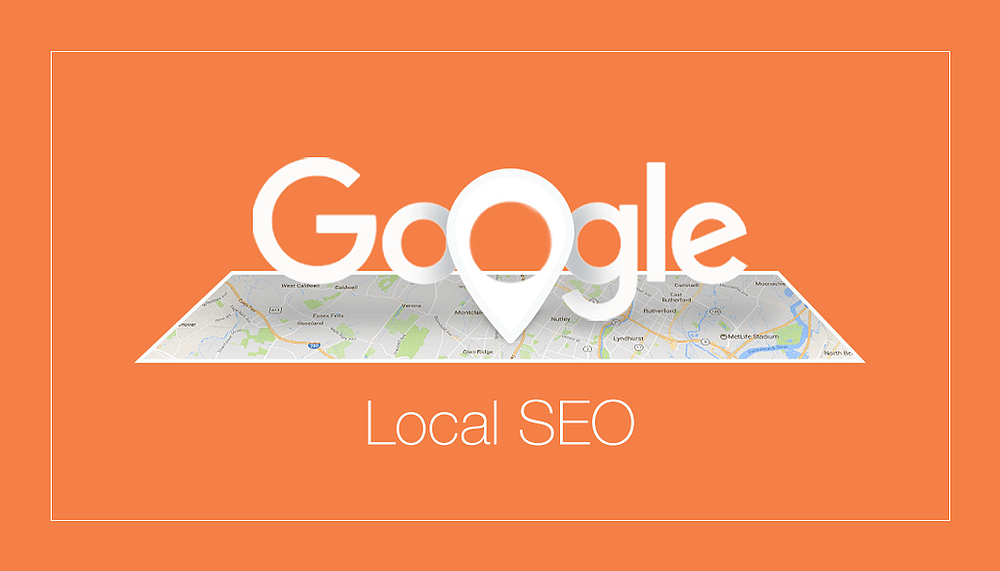 Image source: Wix
Image source: Wix
There are three main ways that local search marketing can benefit your business:
Increased Visibility
All SEO is about getting your business to rank higher on SERPs. Local SEO is low-hanging fruit when it comes to getting more page views and ranking higher with Google because you have dramatically fewer competitors in a given region.
 Image source: Search Engine Journal
Image source: Search Engine Journal
For example, your shop may be one of only three stationery stores in your city. By making sure your SEO strategy includes local optimization, you guarantee that local searchers will see your listing near the top of the SERP.
Encourages Action from Locals
According to 99Firms, 78% of local mobile searches result in an in-person purchase. Consumers who search for local businesses are often actively looking for a service and likely to take action. If your business doesn’t show up in their search results, though, you miss out on all those motivated customers. That’s where local search engine optimization comes in.
Boosts Local Authority
Optimized listings (we’ll cover how to do that in a moment) inspire confidence in searchers that your business is established and credible.
But it’s not just about getting real customers to find your business credible - SEO is about convincing Google information crawlers that your business is who you say you are and that you have something relevant to offer all those local searchers.
So, how do you make the most of your local SEO marketing? Read on.
Local SEO Ranking Factors
What makes something rank as local SEO? The components are fairly intuitive, so we’ll break them down first.
Proximity
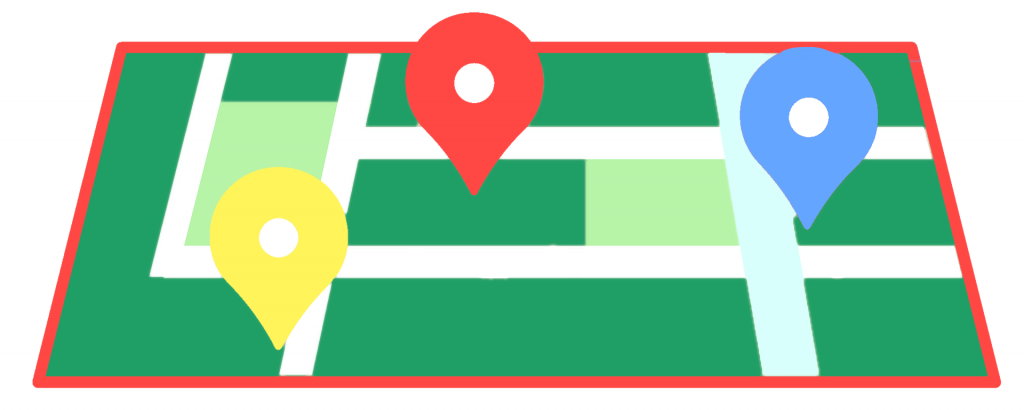 Image source: Sixth City Marketing
Image source: Sixth City Marketing
Who is closest? Local business SEO searches will prioritize the listings that are closest to the customer’s search. A customer looking for carpet cleaners will be shown the relevant businesses in his own city first, then in surrounding areas.
Popularity
This is where backlinks become crucial for local search engine marketing. Do other sites link to yours? Are they high-quality, reputable backlinks? Google uses these references to rank your site.
Customer Reviews
 Image source: Backlinko
Image source: Backlinko
Local search results in local business, and customers want to know if people like them were satisfied with the business. One survey indicates that 63.3% of customers say they often check Google for reviews before visiting a business.
Relevance
Finally, Google will always try to show searchers what they are looking for, and this is partially determined by the specificity of the query. If you run an ice cream shop, it probably won’t show up for “pizza places in Memphis” but it might appear on the SERP for “things to do with kids in Memphis.”
The more relevant you can make your listing to the people searching, the higher Google will prioritize your listing.
How to Improve Local SEO
Now that you know how local business SEO can help you, it’s time to learn how to do it better.
Some of the most important things you can do to improve local search are:
- Optimize your Google My Business Listing
- Tailor your on-page SEO for local search
- Make sure your site is mobile-friendly
- Consistent name, address, and phone number (NAP)
- Optimize other (non-Google) listings
We’ll cover each of these in detail and explain why they are important to local SEO.
Step 1: Google My Business
If you only do one thing for your local SEO marketing, we beg you - please claim your Google My Business Page.
What is Google My Business?
GMB is a free internet directory displaying hours, services, contact information, website links, and a brief description - and that is directly integrated into Google Maps. Think of it as the modern-day phone book, only with a lot more information.

Today, GMB is often the first place customers visit when searching for a local business or service.
Business owners can easily catapult their business much higher in SERPs by making sure all the information is accurate and complete on their business listing.
How do you edit a GMB listing? You have to “claim” it first.
While estimates vary, it’s reported that about half of all Google My Business listings go unclaimed. That means those businesses have no way of sharing the most important details about their business with local searchers.
This is simple to do. If your business has an existing listing on Google, simply click “Own this business?” on the listing. You will then be asked to submit verifying information to ensure you are the owner.
If there is no existing listing on Google, you can create one through the Google My Business admin page here.
Here is an example of a business that has not optimized its GMB listing for local SEO:

You can see the option to claim the business is still available.
Once you’ve completed this first step, here are additional steps to optimize your Google My Business listing:
Consistent Information
This is an obvious point that is often overlooked. Double-check to make sure that your basic information - services, contact information, hours, and location -- is updated and consistent across all your marketing channels.
This only takes a few minutes to do but goes a long way toward building trust with your customers. Contradictory information erodes confidence.
Business Categories
GMB lets you choose a category for your business. Make this as specific as possible - i.e., “bakery,” instead of just “restaurant.”
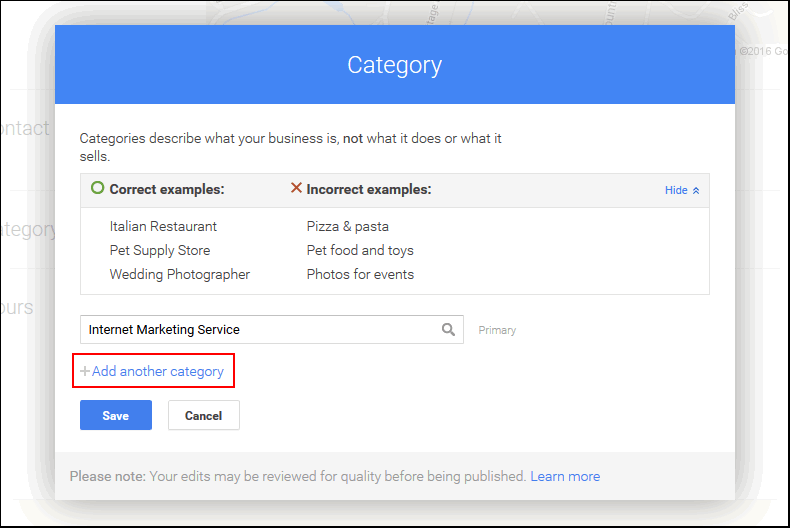 Image source: RandomByte
Image source: RandomByte
You can also create subcategories for businesses with multiple departments. For example, if you run a photography business, you can create subcategories for “wedding photography” and “senior photography.” This helps you rank for more specific services.
Add Products Services
Another piece of basic information - what are you selling? GMB allows customers to shop directly from your GMB listing.
Don’t list your entire inventory - just highlight your main offerings. You can the names of your key products, prices, photos, and a link to the purchase page, incentivizing customers to take immediate action.
Add Media
Did you know you can add photos and videos to your GMB listing? It’s standard to include a photo of your storefront, but consider highlighting popular products or employee photos.
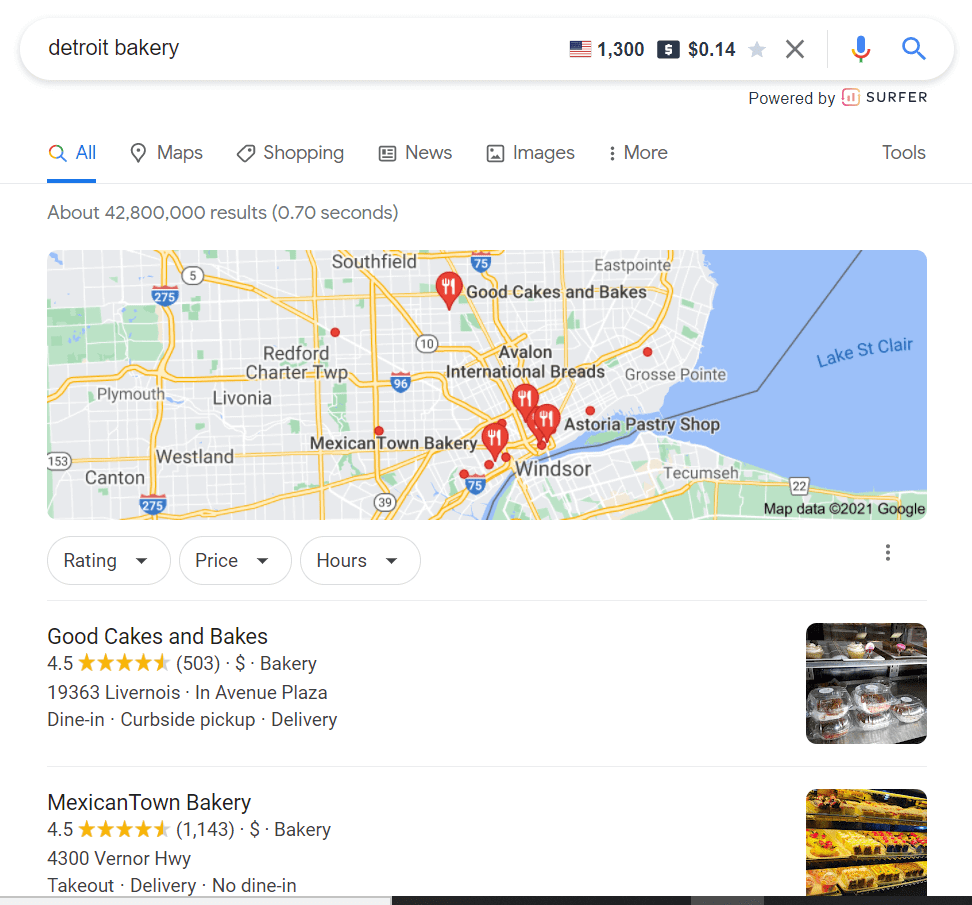
In the example above, these bakeries are using photos to show searchers the kind of delicious pastries available.
Expert tip - a brief intro video lets you promote your business for free.
Get Positive Customer Reviews
One survey showed that 72% of people believe positive reviews on Google make a business more reliable. They also serve your local search optimization strategy by showing Google you are a credible business.
Some ways to get more positive reviews include:
- Sending customers a custom review link
- Asking for a positive review on a receipt
- Responding to all posted reviews on your GMB page
Step 2: On-Page SEO
On-page, or on-site, SEO is the optimization done on each page of your own site to drive organic traffic. This does not include link building or paid promotions, which are considered off-site SEO.
You can easily boost your local SEO relevance with on-page SEO strategies that will help you establish your relevance to search queries.
Local Content
Remember the basic SEO local search formula? Service + location. You’ve (hopefully) already optimized your site and content for your product or service. Creating content that also includes your local search terms will immediately boost your SERP location.
This can be part of your pillar content, blogs, and social posts. For example, your “About Us” page might mention how you serve your town (“as the only Honda dealership in Covington,” for example), AND feature blog posts like “The Best Deals on Hondas in Northwestern Montana.
Use Your City’s Name
Tags and meta descriptions are goldmines for optimization. Make sure that you are using some of your valuable keywords to indicate the geographic region of your business in everything you publish. This is most easily done by including your city’s name in:
- Meta description
- Title
- Title tags
- Image Tags
Use Google’s autocomplete function or a good keyword research tool to look up frequently used search terms that match with your city’s name. Customer testimonials or newsy stories about local functions (especially if your business took part!) are a great way to target local SEO terms.
Add Google Maps to Your Site
It’s easy to embed a Google Map detailing your precise location and directions on your site. When viewing a Google Maps location, simply click the “share” icon and select the “embed map” option.

There are several benefits to embedding a map:
- Makes it more convenient for customers to find you
- Provides additional accurate citations for Google
- Encourages visits by new customers by showing nearby parking, dining, hotels, etc.
A caveat: Google has tamped down on sites creating excessive numbers of pages with different Google Maps embedded in them.
This shouldn’t affect anyone using the maps feature honestly - i.e., showing your actual geographic location. Don’t try to create a separate listing for your business in every city you can think of just to boost your local SEO, however - Google has gotten wise to that kind of behavior.
Step 3: Optimize for Mobile
Overwhelming research suggests that local SEO is most profitable when it’s optimized for mobile. 76% of consumers who search for a local business visit the location within a day.
Furthermore, 86% of people use Google Maps to find local businesses.
This makes sense: mobile searches are more likely to be action-oriented because the user is often on the go, not just casually browsing. That’s an amazing, actionable timeline that is lost if your site is not optimized for mobile.
While mobile optimization is a given these days for agencies creating new websites, yours might not be optimized for mobile if it’s been around for a while.
Optimizing an existing website can sometimes require a complete redesign, but sometimes a few tweaks can do the job. The main thing to keep in mind when designing for local search engine optimization AND mobile optimization is this: content needs to load quickly, be easy to click and be devoid of frustrating elements.
Generally, consumers are looking for these things when they browse a website on mobile:
- Quick load times
- No popups
- Easy to scroll
- Appropriately-sized buttons.
If you’re not sure if your website is optimized for mobile, use Google’s mobile-friendly test.
Here’s an example of a report from the mobile-friendly test:

Step 4: NAP (No, Not As In Take a Break!)
Pages across the internet mention your business. News articles, blog posts, social media pages, and web directories all offer basic information about local businesses, including three crucial pieces of information:
- Name
- Address
- Phone Number
Arguably, the website is becoming just as important as those three, but NAP is the catchall term for your business’s most important identifying information.
These should always be consistent and accurate. The reason for this is twofold:
Number 1: It frustrates customers when they can’t find reliable and consistent information
Number 2: Google interprets inconsistent NAP information as a sign of unreliability
We’ve all had the experience of calling the phone number on the Google My Business listing only to find it is disconnected or connected to a completely different location.
Don’t be that business. Provide reliable contact info.
Google gives your business major points for consistent information across all citations, so it’s worth your while to figure out how to fix incorrect or incomplete citations. Fixing citations on pages that you manage - like your GMB listing and social pages - takes minutes.
Identifying and correcting citations that are incomplete on other sites can take longer.
Step 5: Non-Google Listings
While Google accounts for over 90% of searches globally, it’s still important to optimize other directory listings as well. Even if they aren’t the first point of contact for consumers, they still provide directory citations that can make or break your local search strategy.
Yelp
A well-known crowdsources review site, Yelp is best known for restaurant and entertainment venue reviews. About 73 million people use Yelp monthly, so it’s a good idea to get your business on the radar with Yelp.
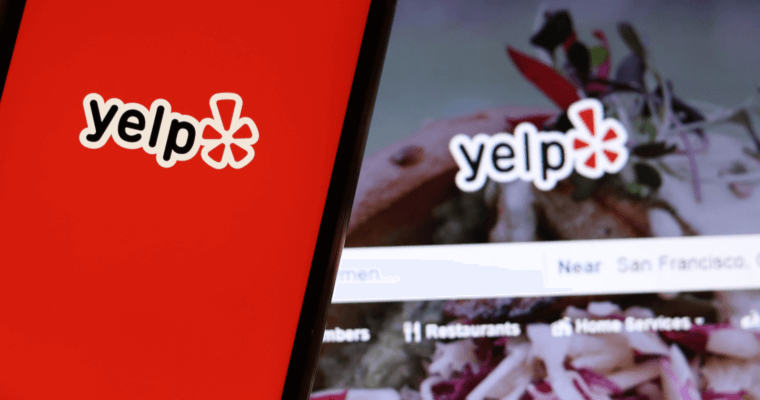
Image source: Search Engine Journal
As with Google My Business, Yelp has customizable business profiles. Make sure yours is complete and accurate, and that you respond promptly to questions or reviews left on your page.
Yelp reviews also boost your Google results because Google considers Yelp a high-authority source, lending credibility to your page.
Yellow Pages
Most households don’t keep a massive phone book in their kitchen drawer anymore. Yellow pages now runs an online directory of businesses, and it’s free to claim your listing and optimize it.
While most buyers don’t begin their journey by searching the Yellow Pages, it does provide a reputable business listing that is indexed by Google. You can search for your business on the Yellow Pages site here.
Bing
A search engine owned and operated by Microsoft, Bing is the second most popular search engine compared with Google. It’s a distant second, but still, Bing gets about 1 billion users a month.
The chart below shows the global market share for desktop searches.

Though it might be tempting to put all your eggs in Google’s basket, Bing is growing quickly and aggressively. Furthermore, your competitors are probably not paying any attention to optimizing Bing, which could give you an edge in search results.
HotFrog

Hotfrog is a directory designed exclusively for small business owners. It allows you to upload information about your business, coupons, photos, and testimonials - much like Google My Business.
It’s free, and we recommend using it as yet another useful web citation to boost your authority. When setting up your HotFrog listing, make sure to optimize it for local SEO search terms, especially long-tail keywords, to capture maximum traffic.
The Bottom Line: Do a Local SEO Checkup Today
Google My Business is one of the most important elements of your local SEO strategy. For that reason, you need to place a strong emphasis on having a well-optimized GMB listing, responding to positive and negative reviews, and creating Google Posts on a regular basis.
Local Ranking is a local SEO tool that can take care of all of this for you. This local SEO and Google My Business management tool can be used to track local rankings, manage Google reviews, schedule posts, and perform GMB audits.

If you’re already familiar with SEO best practices, then many of these local SEO improvement strategies will seem fairly intuitive for you.
Just keep in mind that 46% of all Google searches are local and that these searchers are highly motivated to make real-world purchases in a short timeframe. This will help you remember the worth of establishing and maintaining a local SEO strategy.










